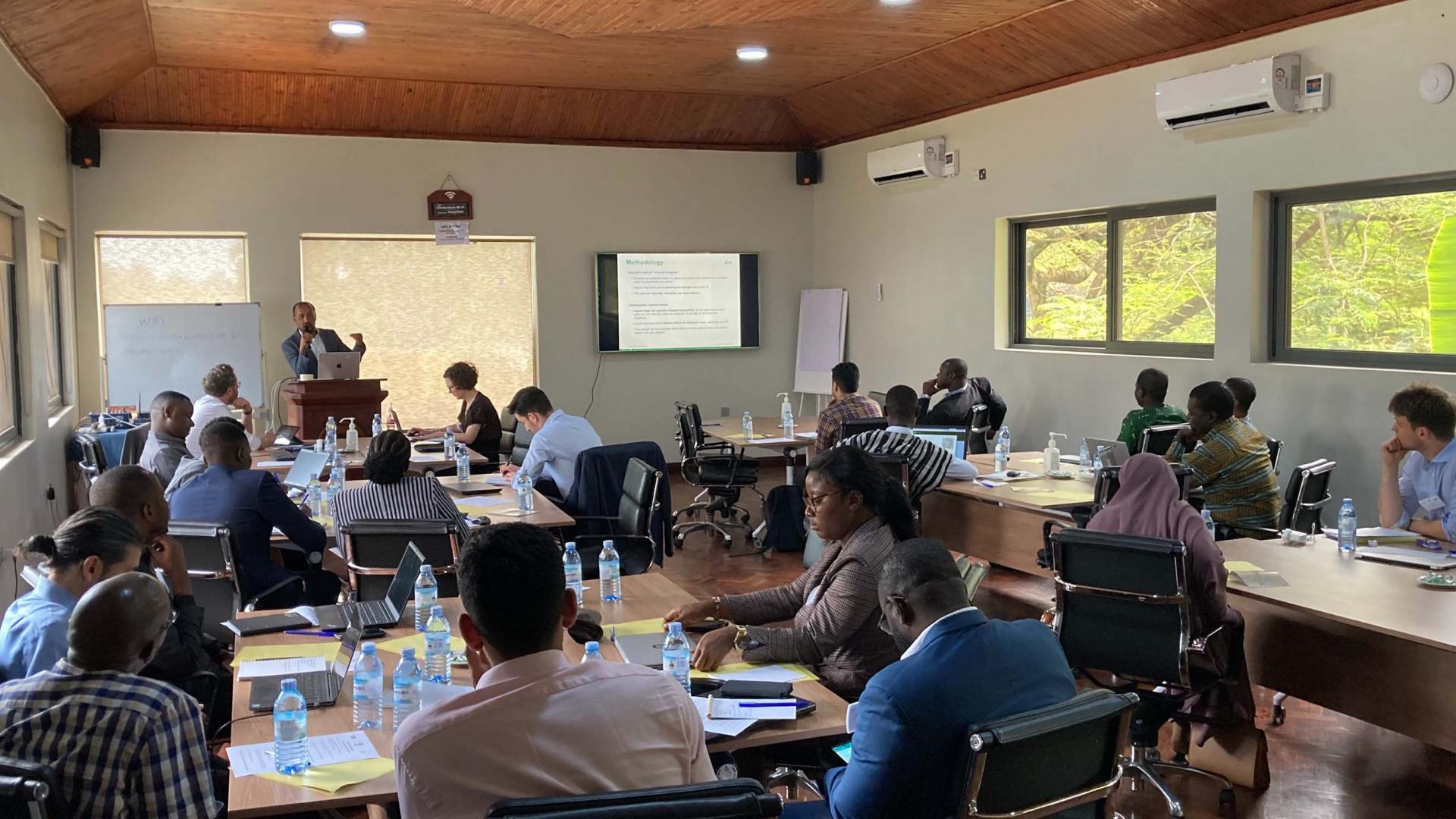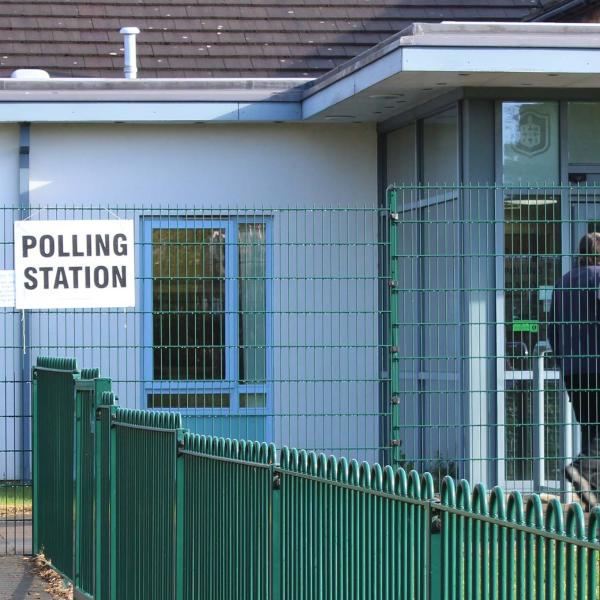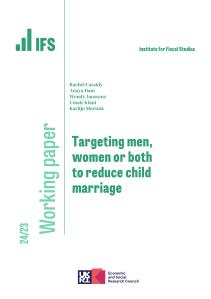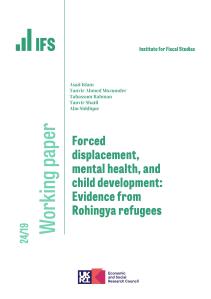This is the first of three blog posts we will be posting following the TaxDev Tax Expenditures Workshop held on 6–8 February 2023 in Kampala.
Introduction
On 6 February 2023, the TaxDev team and almost 20 officials from ministries of finance and revenue authorities in Ethiopia, Ghana, Liberia, Rwanda and Uganda gathered in Kampala for our three-day workshop on tax expenditure analysis and reporting.
Tax expenditure reporting is vital to ensure that tax reliefs – exemptions, deductions, reduced rates and deferrals that benefit particular sectors, businesses or individuals – can be scrutinised in the same way as public spending. Without information on the provisions that exist and their cost, how can parliaments and wider society even start an informed debate about whether this is money well spent? And knowing the costs of these provisions is the first step in a more comprehensive analysis of their effectiveness, impacts and potential wider costs and benefits.
The workshop provided an introduction to the principles and practice of tax expenditure analysis and reporting, with lively debate and practical exercises showing some of the complexities involved in analysing trade tax, VAT, and personal and corporate income tax expenditures. All of the presentations and exercises will soon be downloadable from a new tax expenditures webpage – and do get in touch if you want to find out more about this important but challenging topic.
It is impossible to fully summarise the presentations and discussions we had over three days in a short blog post. But three key issues kept coming up and are key to effective tax expenditure reporting.
The roles of economics and the law in benchmarking
Identifying and costing tax expenditures requires specifying a benchmark tax system that the actual tax system can be compared with. Any departures from this benchmark system are tax expenditures.
At a high level, there are two broad approaches to doing this:
- the ‘normative’ approach, where the benchmark system is based on what economic principles and analysis would say an optimal tax system for a given country is;
- the ‘positive’ or ‘legal’ approach, where the benchmark is based on the standard tax regime as set out in that country’s laws.
In reality, a useful benchmark is likely to combine elements of both approaches.
A fully normative approach just isn’t feasible. In order to define what the optimal tax system would look like, you need huge amounts of information on taxpayers’ characteristics and behaviour, much of which does not exist. You also need to decide how the interests of different taxpayers should be weighted. Preferences within a country, and indeed within a government, are likely to differ and change over time.
But relying only on the law isn’t likely to be enough, either. Just because primary legislation defines food as being exempt from VAT doesn’t mean that this exemption should be considered part of the benchmark tax system rather than a tax expenditure.
Instead, you need to use judgement when defining the benchmark system. In doing so, there are benefits from using clear principles rather than deciding each issue on an ad-hoc, case-by-case basis.
A useful principle is ‘neutrality’. As set out in IFS’s Mirrlees Review of the tax system, this means that similar activities should face the same effective tax rate unless there is a very good reason to tax them differently. Provisions that provide lower taxes for some sectors or groups of individuals than the tax regime applying to most sectors or groups are good candidates for being recorded as tax expenditures (and not part of the benchmark), even if they are included in primary legislation.
On the other hand, provisions such as allowing pension contributions or depreciation of business assets to be deducted from taxable income are there to avoid penalising companies that invest or people who save for a pension with double taxation (if their pension would be taxed in retirement). In other words, such provisions are there to ensure we treat consumption now and consumption in the future (via saving and investment) in a neutral way. There is a case for treating standard deductions of this kind as part of the benchmark tax system – although there is often still value in measuring their cost against a stricter benchmark and reporting them as ‘structural reliefs’.
Remember interaction effects
Once the benchmark tax system is defined, you can start costing the different tax expenditures in place in a country.
In doing so, it is important to bear in mind that taxes, and hence tax expenditures, often interact with each other. For example, a customs duty exemption typically reduces the tax base for excise taxes and VAT. That will reduce the revenue collected from these taxes, and in turn reduce the cost of providing exemptions on these taxes too. Non-refundable income tax credits for dependent children will reduce the cost of, for example, income tax exemptions for the military, assuming that at least some members of the armed forces have children and would have been able to claim those credits.
These interaction effects make calculating and reporting tax expenditures a bit more complicated.
One approach is to look at the cost of each individual tax expenditure on its own. Then there are two options. The first is to compare the benchmark tax system with a version of the benchmark system that has just the one tax expenditure under consideration in place. The second is to compare the actual tax system with the tax system if only the one tax expenditure was removed and all others were kept in place. This latter approach may be sensible if you think a particular tax expenditure is likely to be removed.
However, in neither case can the estimates for individual tax expenditures be added to get the total, because interaction effects will be missing. The total instead needs to be calculated by turning all tax expenditures on and off together.
It might be confusing for people reading a tax expenditure report if the total figure doesn’t match the sum of the individual items reported. One option to address this is to report a ‘balancing figure’ for the revenue effect of the ‘interaction effects’, which could be positive or negative.
An alternative approach is to choose an order for costing the tax expenditures. In the soon-to-be published Ethiopian import tax expenditure report, for example, we work backwards up the import tax chain, first costing surtax tax expenditures, then VAT expenditures, then excise duty expenditures and finally customs duty expenditures. This means that the figures show the cost of surtax tax expenditures given tax expenditures for VAT, excise duties and customs duties. But the figures for customs duty expenditures are based on benchmark tax rates for excise duties, VAT and surtax.
This allows you to add up each individual tax expenditure and arrive at the total cost, without there being any unallocated ‘interaction effects’. But it is more complicated to calculate tax expenditures using this approach, and the order needs to be clearly recorded and explained.
Details are your friends
Once the estimates of tax expenditures are calculated, it may be tempting to produce only a very short report, or even just provide the overall cost, in order to save time. But that would be a mistake. In tax expenditure reporting, details are your friends, and we all know how much people working in tax could do with more of those!
Providing a detailed breakdown of the cost of different tax expenditures helps maximise the usefulness of the whole exercise. It enables scrutiny of the cost of specific policies and support for specific sectors or groups of individuals. It aids comparisons with other countries, where the benchmark system and the coverage of different tax types and expenditures may differ: with detailed breakdowns, you or another user of the report can select the appropriate tax expenditures to allow for the most reliable, meaningful comparison. It can also help avoid or correct misunderstandings: for example, parliamentarians and the public may think that the biggest tax expenditures are for large multinational companies, when in fact they are for tax exemptions on food and medicines.
It goes beyond the numbers. Scrutiny is easier and misunderstandings are less likely if there is information on the objectives of the policy, its legal basis, the targeted beneficiaries, and sources for further information. Information on the methodology used to estimate the cost of different tax expenditures (including the benchmark tax system) will again help with cross-country comparisons, and guard against misleading comparisons.
Gathering and writing up all of this information is a significant time investment. But to a large extent it is a one-off investment: once the information is collated and written up, the same material can be used or linked to each year. It will only need to be changed when the tax system changes, creating, abolishing or changing the nature of particular tax expenditures, or when there have been changes in methodology.
Alternatively, rather than trying to do everything in one go, it is possible to start smaller, and add additional information – for example, more detailed breakdowns by provision and sector, or more information on objectives and beneficiaries – over a number of years to spread the up-front investment cost over time.
Of course, one of the risks of a large report is that fewer people will have the time or technical knowledge to be able to read and understand it in full. Tax expenditure reports therefore need good summaries that provide the key information that different types of stakeholders need – whether they be parliamentarians, the media or members of the wider public. Indeed, it might make sense to produce several different summaries for these different audiences: parliamentarians scrutinising the Budget are likely to need more detail than members of the public, for example.
Concluding thoughts
Bearing these three issues in mind will, we think, help practitioners define, cost and report on tax expenditures more effectively. In turn, that should enable a more informed debate about both current tax policy and potential reforms to it.
Effective tax expenditure reporting also requires careful thinking about the nature of different taxes as well as the data required for estimating their costs.
Our next two blog posts will therefore cover two slightly more technical issues:
- how a tax exemption can sometimes raise revenue;
- how to think about tax expenditures that affect revenues over multiple years.
Watch this space!










